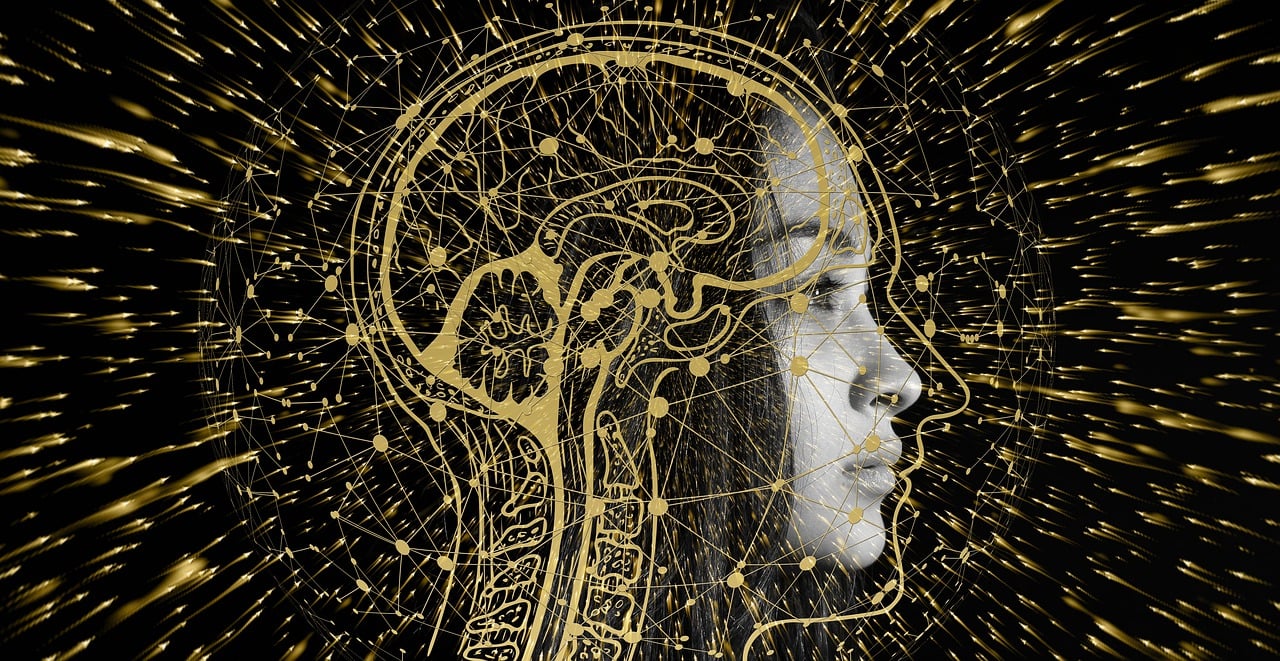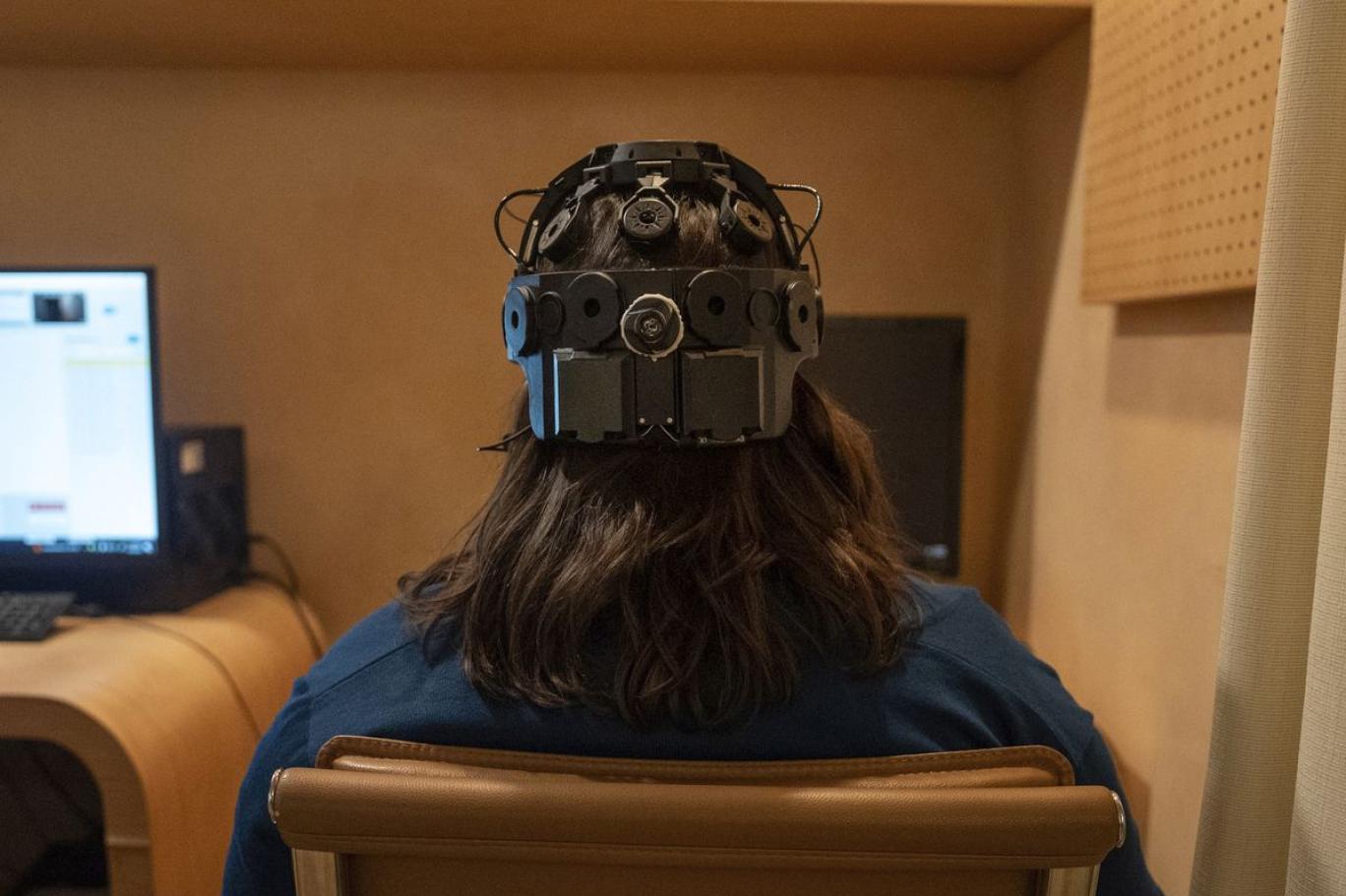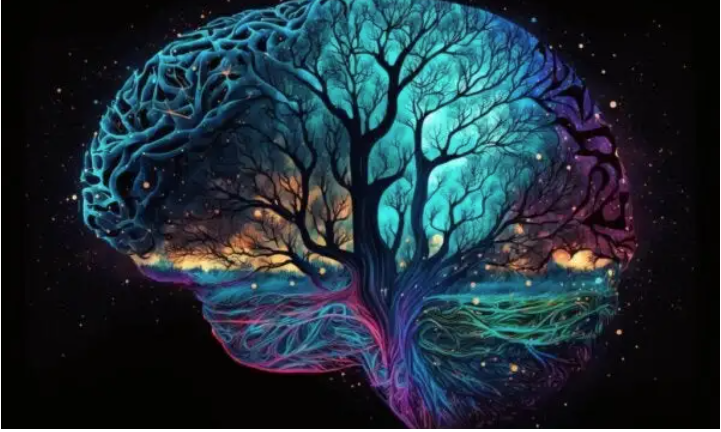One we can see, the other is completely abstract. The brain and the mind are different, but both start from the amazing structure of more than 69,000 million neurons. Scientists say we know almost as much about the universe as we do about this fascinating organ, and we are constantly discovering new answers to its mysteries.
An important point we know from psychology is that what we think changes the brain. Psychological treatments can reduce amygdala hyperactivity and even increase neural connectivity. For a long time it was assumed that the brain governs all behavior and thoughts, but the truth is that the mind has more power than we think.
Knowing the differences between one entity and another is as enlightening as it is interesting. Go deeper below.
Are the brain and the mind the same?
Aristotle was perhaps the first to attempt to understand the phenomena of the mind as distinct from the biological. In his 350 BC work On the Soul, he wrote a remarkable treatise that, while taking the soul as a central theme, also outlined the foundations of biopsychology. The mind, he said, is everything that is thinkable.
Now it is clear that the mind needs the brain in order to exist. This makes the former look like a manifestation of the latter and leads to a certain reductionism.
It is assumed that all psychological phenomena are limited to neurological ones. But this is not always the case. Understanding the differences between the mind and the brain allows us to have a broader vision of who we are and how we behave.
In this way, studies such as those published in the journal Perspectives on Psychological Science suggest something interesting. It is true that psychology and neuroscience need to work together. But biology and neurology do not explain everything.
Cognitions, emotions, memories, self-esteem and beliefs are more complex than we think. Below we will elaborate on the distinctions.
1. Biological and phenomenological
The mind is a phenomenon of the brain, an abstract entity that integrates consciousness and an infinite number of cognitive processes. The brain is part of the central nervous system (CNS) and is the most voluminous area of the brain. It is a complex organ, the result of thousands of years of evolution.
Therefore, what goes on in the mind cannot be seen, while it consists of concrete and observable areas such as tissues, cells and neural networks. Neuroscience deals with the brain, while psychology deals with all its processes, subjectivity and working mechanisms.
2. Hardware and software
We can see the brain as the structure, the components (hardware) and the mind as the software that runs on it. It is therefore important to understand that although they are closely linked, there are differences in the functions of the brain and the mind. Below we will help you understand the processes that each of them performs.
- Brain
- Memory
- Language
- Emotions.
- Breathing.
- Self-control.
- Personality.
- Heart rate.
- Sleep cycles.
- Motor activity.
- Balance and coordination.
- Processing sensory information.
- Responsible for homeostatic functions.
- Regulates the functions of different organs.
- Regulates endocrine and hormonal functions.
- Underpins cognitive and emotional processes.
Intellect
- It regulates emotions.
- It shapes our identity.
- It gives meaning to what we see and what happens to us.
- It carries out all cognitive processes (thoughts).
- The mind works on three levels: Conscious, subconscious and unconscious.
- It processes and shapes beliefs, self-esteem, emotions, judgments and memory.
Consciousness is part of the mind because through it we make sense of who we are, what is around us and every experience.
While we still don’t know the exact functions of the mind, studies such as those published in the journal Frontiers in Human Neuroscience show that we are entering an era of great advances, where the science of neurophenomenology will reveal more data.
3. Location and distribution
At the moment, science still cannot answer how the brain creates the mind or consciousness. This is one of the biggest mysteries to be solved. We understand every region of the brain, its function and process. We know that it is located in the cranial cavity, distributed in two cerebral hemispheres connected by the corpus callosum and also includes the cerebellum.
The mind is no longer in a physical and tangible place, but manifests itself through neurological networks and the world of experience, and is connected to our body.
4. Brain and mind, biological and psychological
The brain is a biological organ, the result of our evolution following the principles of neurobiology, physiology, anatomy and neurobiology. While the mind is governed by psychological processes, the brain is governed by biological processes.
While neuroscience deals with understanding the brain and its processes, psychology has spent decades trying to understand how the mind works. It is also worth noting that cognitive psychology is the most complete approach to respond to all these phenomena that occur in the mental universe.
Similar research published in the Journal of Rational-Emotive and Cognitive-Behavioral Therapy reviews all these studies and the historical perspective in this context.
5. Brain diseases and mental disorders
The brain can develop easily diagnosable diseases and disorders and can be traumatized. The same cannot be said for the mind. A change in the mind cannot be called a “disease” because it cannot be observed by X-rays, MRIs or an ordinary medical history. In these cases we are talking about psychological disorders.
There are common elements that need to be emphasized. Any disease, brain problem or change in neurotransmitters affects mental health. An example of this is a lack of serotonin, which can affect mood. But if we pay attention to our mental focus and go to therapy, this can be reversed because the mind also changes the brain.
6. The brain controls physiology; the mind controls what you think and feel
The brain and the mind are two perfectly interconnected dimensions. The first acts like a building, and the mind is the being that gives it life, decorates it, lives in it. So while the brain structures every physiological process, the mind is the abstract expression of every thought, emotion, processed experience, constructed belief or overcoming fear.
7. Reductionist and holistic
It is interesting to know that brain studies tend to take a reductionist approach. Neuroscience focuses on studying the smallest processes to understand the mechanisms that regulate every function. This is an analytical, experimental and highly objective task.
The mind is holistic and phenomenological and integrates all kinds of processes to try to understand it. We can see it from a cognitive, emotional, philosophical and even spiritual perspective. Because while the brain is a collection of tissue and nerve cells, the mind is like the cosmos: Vast, infinite and full of possibilities.
The brain and mind are interconnected dimensions, albeit with differences
In conclusion, we need to make a small point. Although we have listed the most striking differences between the brain and the mind, both dimensions are interconnected and it is impossible to separate one from the other to understand them.
This is why it is important for neuroscience and psychology to work together. Let’s avoid reductionism and broaden our perspective.





